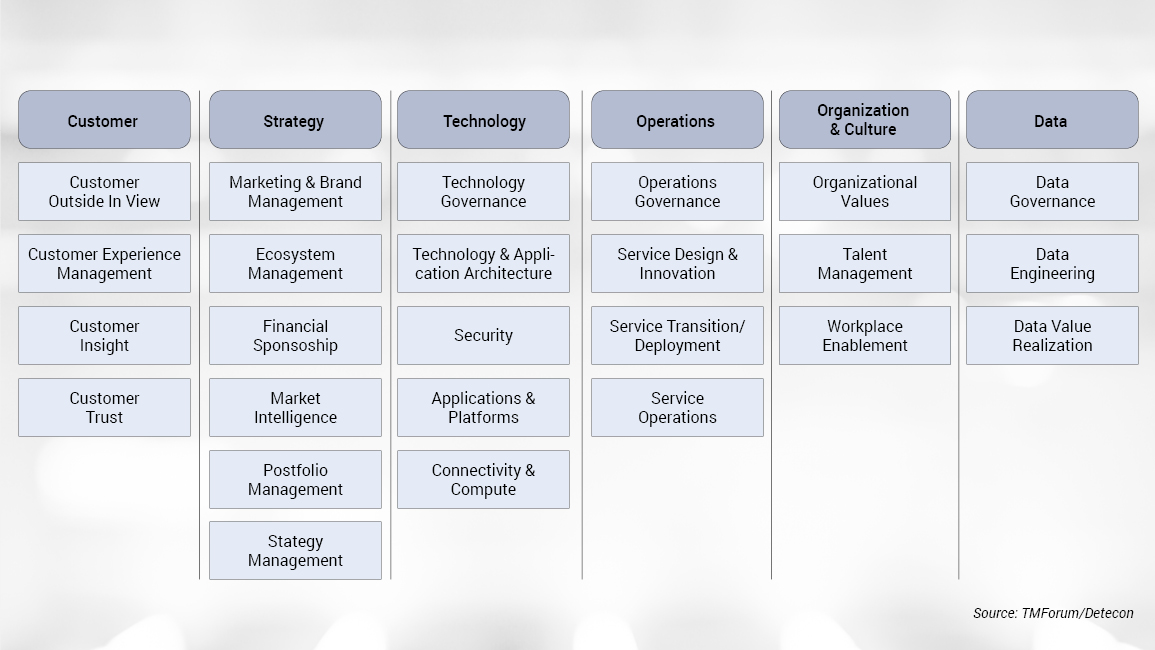Every business, despite its size or industry, faces a changing digital environment with faster evolving cycles than ever before and significant disruptive power, enhanced by continuous technological advancement. At the same time, opportunities and possibilities arise, with promising technologies such as AI, Cloudification, and Big Data. However, to master the digital race, organizations have to embark on a digital transformation journey that can only be successful by setting the sails right from the very beginning.
The key to a successful journey is knowing where you are. No sailor would find his or her directions without knowing where he or she is. While GPS is providing sailors with exact positioning and making navigation as simple as ever, it is hard for an organization to determine its position on the digital transformation journey. To fill this gap, Digital Maturity Assessment is a great tool to locate organizations on the digital transformation roadmap and provide the basis for an organization- and industry-specific way forward.

To help organizations navigate through the digital age, Detecon has partnered with the TMForum and telecom industry leaders to develop the first industry-standard Digital Maturity Model (DMM). The Digital Maturity Model is an online questionnaire assessment tool that captures an organization’s current level of digital maturity, as well as desired target levels across the critical business dimensions. The model is structured as follows: there are six core business dimensions, namely, Customer, Strategy, Technology, Operations, Culture, and Data, which capture an organization holistically. These dimensions are further divided into several sub-dimensions that reflect different facets of a digitally mature organization. On the most granular level, each sub-dimension is supported by predefined criteria with unique digital maturity stages through which an organization evolves.
The model engages individuals across the organization or individual departments in the assessment questionnaire. The questions are constructed in a way that the prevailing degree of digital maturity and desired target state can be assessed by rating each sub-dimension criterion. Following the online assessment, the DMM then provides a comprehensive evaluation of the survey results and determines where organizations are located on their digital transformation journey. Among various analysis modes, one of the critical outputs is the heat map view that shows the gaps between the current and targeted levels of digital maturity across the dimensions and sub-dimensions. With this GPS-like positioning of an organization, actions can be derived that are expedient and desirable to boost digital maturity where it matters.
Moreover, the Digital Maturity Model is also a great tool to track real-life progress of a digital transformation. Regular assessments make an organization’s change measurable, and success becomes visible. Therefore, organizations can check if they are still on track of their digital transformation roadmap or if and where additional steering is necessary for a productive and successful transformation. This enables organizations to react early to unwanted deviations or adapt to a changing environment.
The article was originally published on 06.05.2020 here on LinkedIn.







